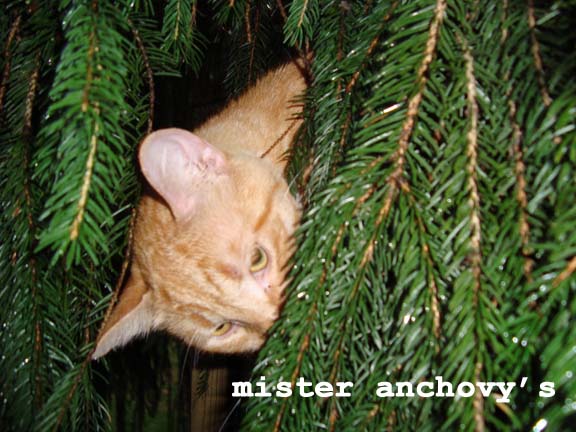Art and Biology

In 1983, my friend Andrew was visiting me in Toronto, up for a few days break in his PHD studies at NYU. He was a Sociology student and we met at UVic, and he became interested in art, he says today, because of me. That visit he read the local papers and noticed a British Marxist Socialist turned art critic, Peter Fuller was giving a lecture on Art and Biology, and Andrew said we must go. It was, at all places, in the back room of the Rivoli. It was one of those moments that changed my life, at York University, there was an unbalanced surrender to theory in the Art Department. After my experience meeting Peter Fuller...my days at York were numbered. I swear I got a C in Sculpture because I rejected my profs psychobabble and would argue for a return to common sense with him. (I bet L.M. is gonna want to know who he was huh?...that C is a badge of honor for me)
Fuller gives the following example of why he left the Marxist tradition of writing about art, a tradition that has always stressed sociological and historical factors, and in which the very category of 'Art and Biology' would appear to have no place. 
Recently, I have come to realize that the natural sciences-especially the biological sciences-have a great deal to teach us about art, and that the sociological traditions have ignored biology at their own peril. For example, a few years ago I was asked to contribute to one of those interminable conferences "Art, Politics and Ideology" which were so typical of the late 70's. In the course of a heated exchange with a prominent post-structuralist art historian, I found myself saying to her, "Well then, how do we know the Laocoon is in pain?" To which she replied, "We know the Laocoon is in pain because we have studied the modes of production prevailing in Greece at the time it was made, and the signifying practices to which it gave rise." To which I replied, "But Griselda, he's being strangled by a sea monster." "Yes," she retorted, "But we have no means of knowing whether or not he's enjoying it..." And she was not joking. It was then that I realized that it was high time that I turned deferentially to science for some social and cultural wisdom and guidance.The Naked Artist: Art and Biology by Peter Fuller.

5 comments:
I'm dying to know! Email me.
its amazing to think back on the incredible amount of drivel we were fed in art school. I don't think anything has changed for the current crop of kids.
I don't think anything has changed either. I mean...my god, Fuller was talking about the trends in the 70's.
I know kids in art school and creative writing courses...and the crap is well. Never mind that OCAD doesn't allow oil painiting...I still can't get over that one...what exactly are teaching these poor kids if you're not teaching oil painting!?
How odd... I remember taking Art History in university and was always astounded at some of the theories my professor came up with.
Great example by the way - the Lacoon group is my absolute favourite sculpture.
Enjoying being strangled by a sea monster - oh yeh.
My two years in art school were focused on the marketing, technical, and combining of computers and fine art. It was fun. But I long for more. Maybe I should just sit down and do it instead of more school!
There are people who make it and people who analyze it - just to simply things, hmm?
Karen...Oh I am not against experiencing art and literature on amny levels and with many layers of meaning. It is what the human brain demands. It demands a a narrative. I too have been astounded by theories professors have come up with...absolutley. I just think sometimes, common sense needs to be considered too ha ha.
Gardenia...marketing I have come to believe is an incredibly imaginative profession. and with all professions, there are good and bad. And I appreciate analysis when it is focused on the human condition rather than promoting political or personal agendas...but some of thse can be a lot of fun too.
I tend to look at criticism as a form of entertainment and believe each of us has own own valuable response and narrative to art and reading. I love to hear other peoples perspectives. Its part of the story too.
Post a Comment